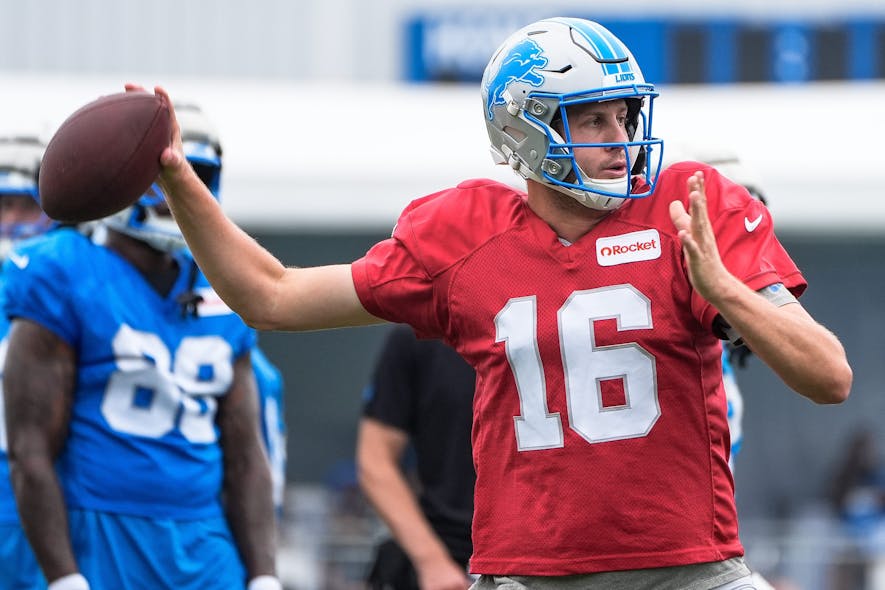One of my favorite articles from last offseason was titled “A Contrarian Way to Dominate Superflex Drafts.” In it, I argued that 2024 offered a unique opportunity to take advantage of the unusual depth at quarterback by loading up on shallower positions (especially running back) in the early rounds while waiting for quarterbacks. I laid out how I felt the math strongly favored this approach.
As with any draft strategy, success ultimately depends on targeting the right players. However, in general, the thesis behind the contrarian approach in 2024 proved to be valid. Quarterback was unusually deep, boosted by a rookie class that made history with six players drafted in the top dozen picks. Baker Mayfield (QB21), Bo Nix (QB23), Geno Smith (QB24), Drake Maye (QB30), and Sam Darnold (QB31) were all available late in Superflex drafts, making it viable to wait on at least one of your two starting quarterbacks. Meanwhile, the running back position was every bit as top-heavy as the preseason projections suggested. Very few backs drafted outside the top 15 at the position returned value, in large part because the 2024 rookie class was one of the weakest in years. Bucky Irving was the lone rookie hit, and he was one of the very few running backs drafted outside the first handful of rounds you could win with, highlighting how difficult it was to make a Zero RB approach work in 2024 Superflex drafts.
That was last year. My first Superflex draft of 2025 (a Footballguys staff league) is set for August 22, which made this the perfect time to take another deep dive into Superflex strategy and see what the numbers suggest for the new season.
Does it make sense to take a contrarian approach to Superflex Drafting again?
To make a long story short, no.
We will dive deep into the numbers that support these conclusions below, but here is the high-level view on what I believe is the optimal Superflex draft approach for 2025:
-
Quarterback is not as deep this year. The best way to dominate your Superflex draft is to target two quarterbacks in the first five rounds. Take advantage of the strength of the high-end QB2 options.
-
Running back is much deeper, bolstered by an exciting rookie class. While a true Zero RB strategy isn't recommended, waiting until the middle rounds (6 through 9) to start loading up at the position is viable. Target multiple running backs from one of the most exciting rookie classes in years.
-
The running back and wide receiver options in rounds 6 through 10 are as strong as any year in recent memory, which means there isn't much of an edge in waiting and taking multiple quarterbacks in this part of the draft.
Dominating 2025 Superflex Drafts
Before we get into the numbers, let's start with a quick refresher on the basic concept that underpins much of what we do at Foorballguys.
The Basics of Value-Based Drafting
Joe Bryant introduced Value-Based Drafting (VBD) to the fantasy football world way back in 1996. The VBD system revolves around two things:
- Making detailed statistical projections for every draftable player. Don't worry if you don't feel up to making your own stat projections; we'll provide everything you need at Footballguys.com.
- Combining those detailed statistical projections with positional baselines to assign a value (VBD) to each player.
The guiding principle of VBD is the idea that a player's fantasy value is not determined by the number of points he scores but by how much he outscores the other players at his position.
The Quarterback Landscape
The first step in developing any draft strategy is to understand average draft position (ADP) and which players are most likely to be available when you are on the clock. That's trickier in a format like Superflex. While dynasty Superflex ADP is robust and easy to find, recent and reliable redraft Superflex ADP is much harder to come by. To solve that problem, I'm going to cheat a little and lean on a source I know is both reliable and highly relevant: the ADP from another recent staff league draft. Here's how the quarterbacks came off the board in that draft:

